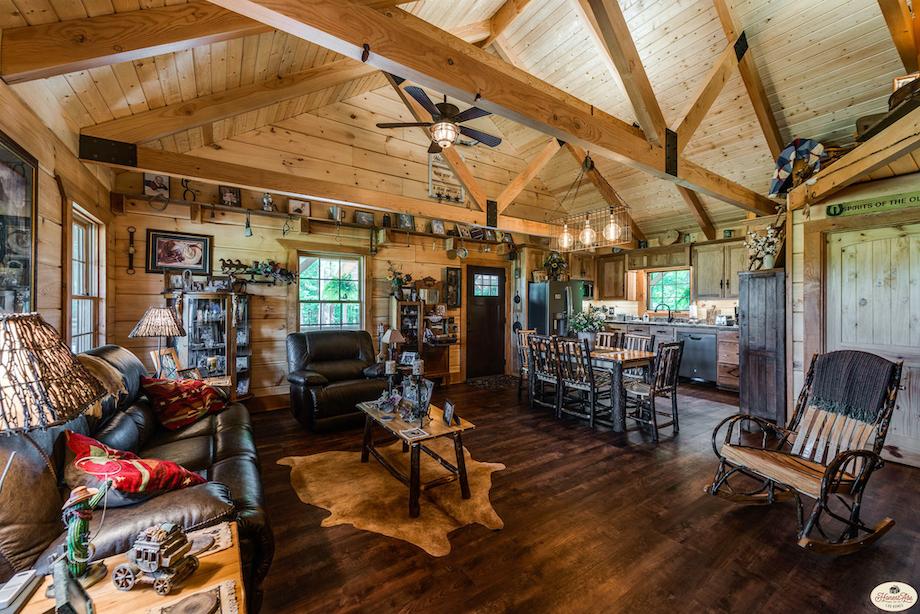Many Honest Abe Customers Create the Look of Historic Cabins for Their Modern Home
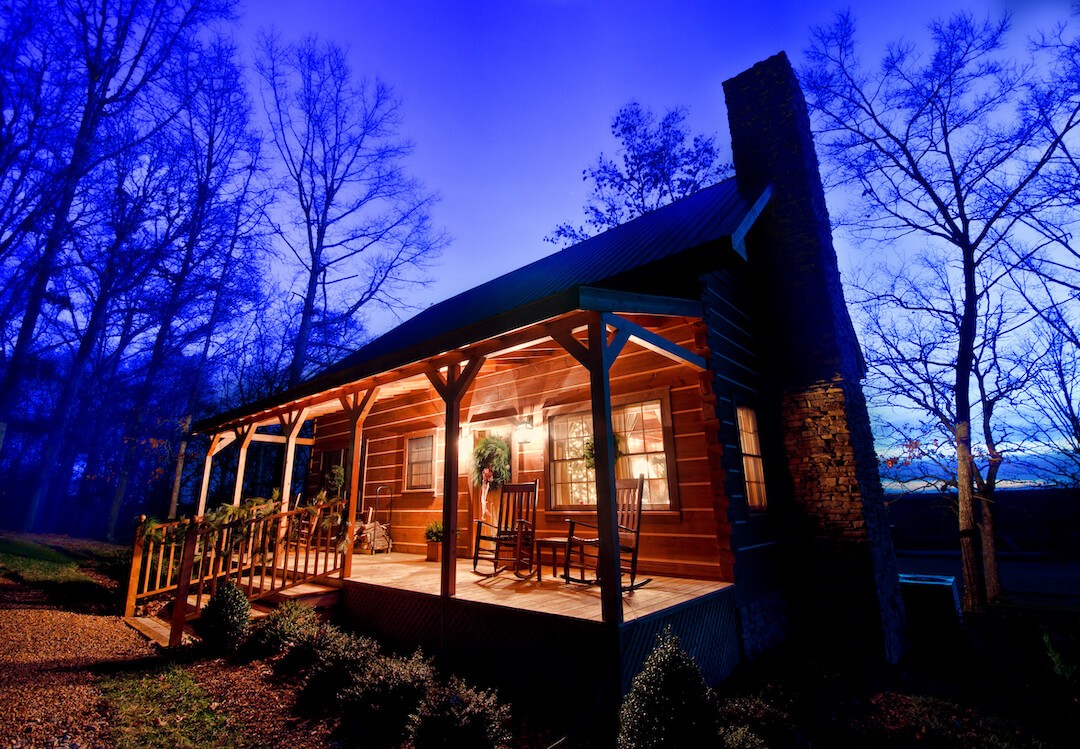
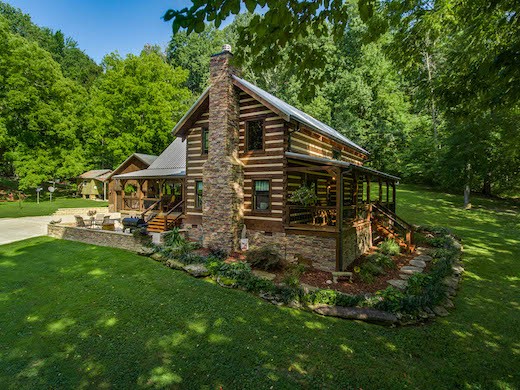
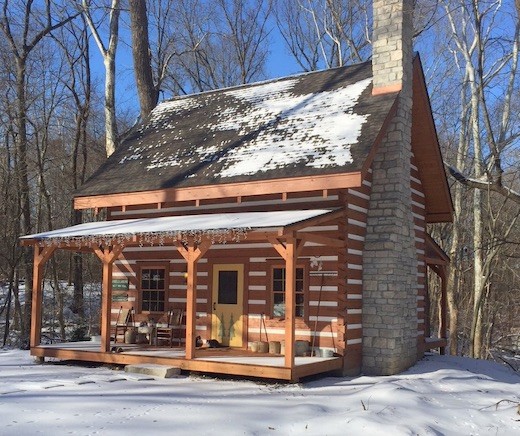
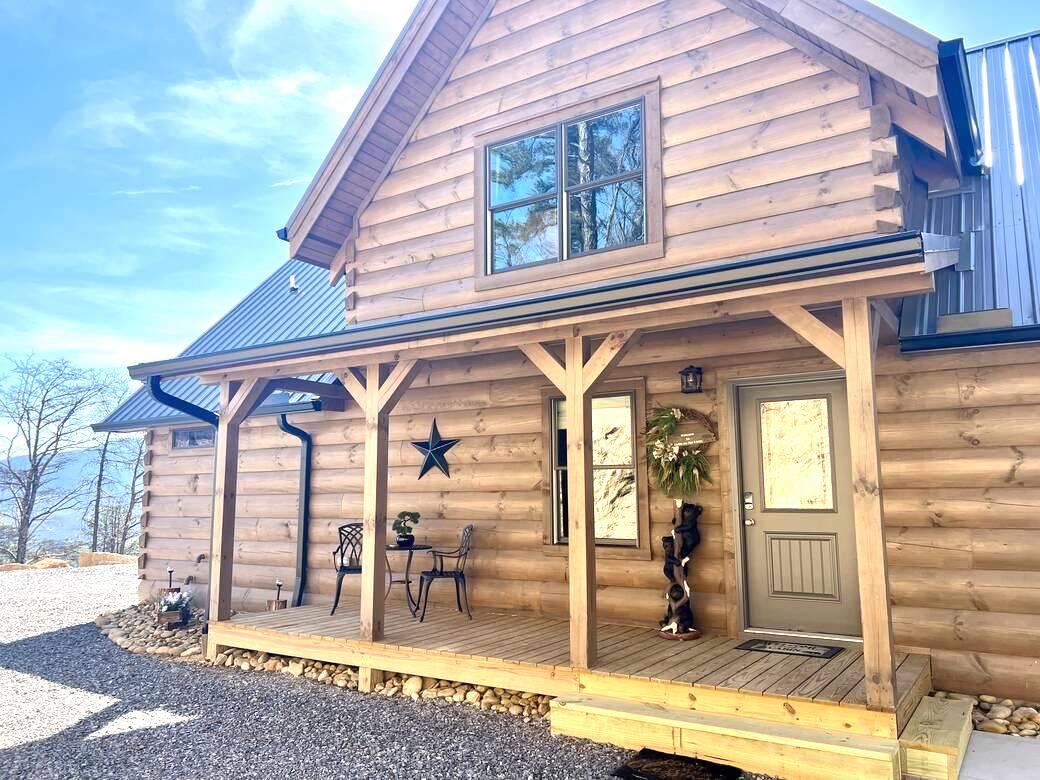
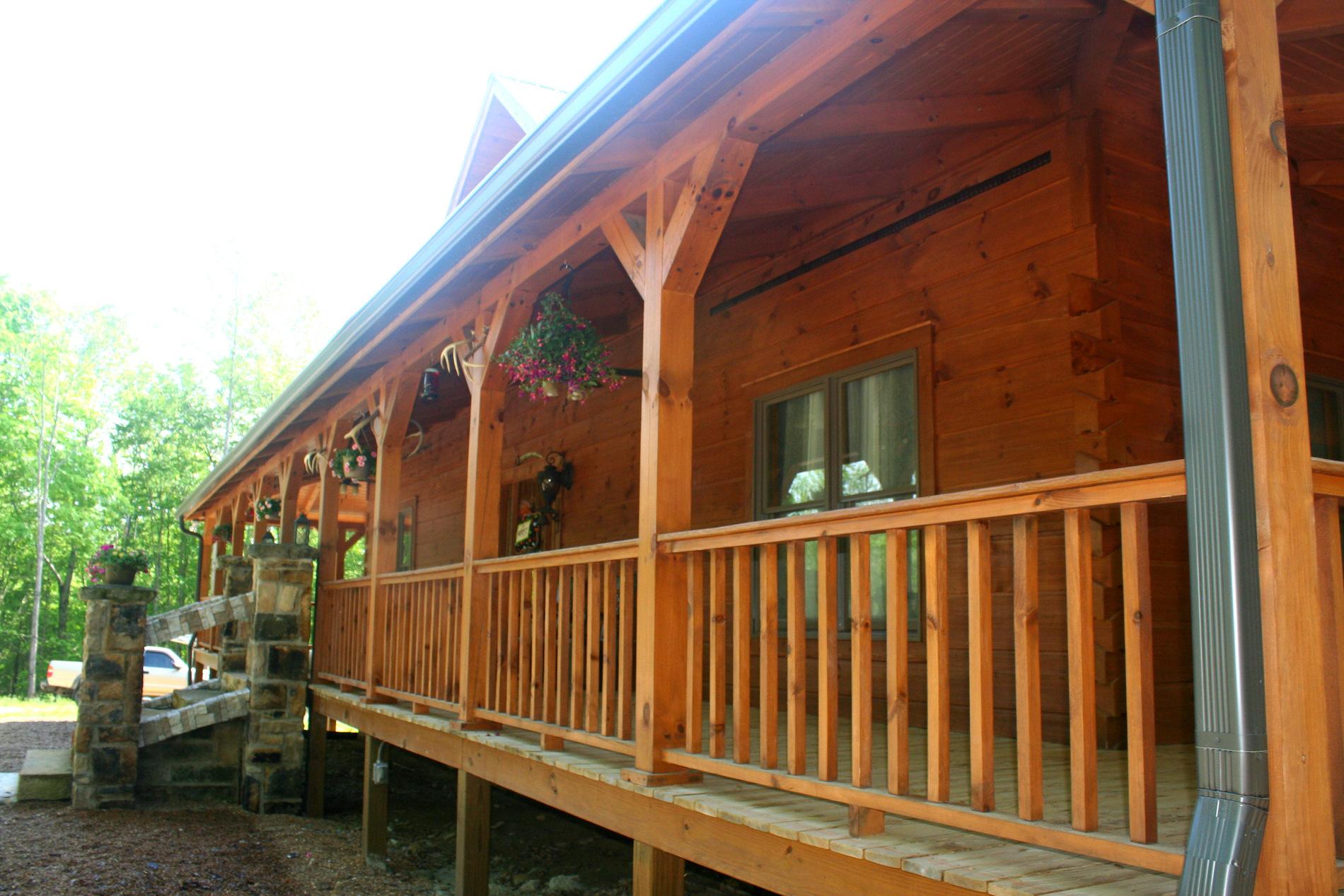
The history of log cabins and log homes in the United States is deeply intertwined with the nation’s pioneering spirit, reflecting the resilience and resourcefulness of early settlers. Honest Abe is proud to have been a part of this legacy since 1979.
Here’s a concise journey through the evolution of log structures in America:
1. Early Settlers and First Log Cabins (1600s):
- European settlers arriving in the 17th century found themselves surrounded by vast forests, leading them to adopt log construction techniques prevalent in their home countries.
- The first log cabins were simple, one-room structures with chinked logs to seal gaps and provide rudimentary insulation.
2. Frontier Expansion (1700s):
- As settlers pushed westward, log cabins became a symbol of frontier life. They were quick to construct and well-suited for the harsh conditions of the American wilderness.
- Notable figures like Abraham Lincoln were born in log cabins, contributing to the symbolic significance of these structures in American history.
3. The Appalachian Style (Late 1700s – Early 1800s):
- Log cabin designs evolved regionally, with the Appalachian style gaining popularity. These cabins often featured stone chimneys, steep roofs, and extended porches, adapting to the rugged mountain landscapes.
4. Homesteading and Expansion (Mid-1800s):
- The Homestead Act of 1862 spurred a wave of westward expansion, leading to the construction of log homes across the prairies and plains.
- Log structures continued to serve as essential shelters for pioneers, providing a sense of security and permanence on the frontier.
5. Revival and Preservation (Late 1800s – Early 1900s):
- The Victorian era witnessed a revival of interest in log cabin architecture, with some more elaborate designs incorporating Gothic and rustic styles.
- Preservation efforts in the late 19th and early 20th centuries sought to protect log cabins with historical significance, recognizing their importance in American heritage.
6. Modern Log Home Movement (20th Century):
- The mid-20th century saw a resurgence in the popularity of log homes, driven by a desire for a connection to nature and a return to traditional building methods.
- Technological advancements allowed for more sophisticated log home construction, with improved insulation and design options.
7. Contemporary Log Homes (21st Century):
- Today, log homes continue to be a popular choice for those seeking a blend of rustic charm and modern comfort.
- Sustainable building practices, energy-efficient designs, and a range of wood species contribute to the enduring appeal of log homes in the 21st century.
The history of log cabins and log homes in the United States reflects not only architectural evolution but also the enduring allure of these structures as symbols of resilience, self-sufficiency, and the American frontier spirit.

